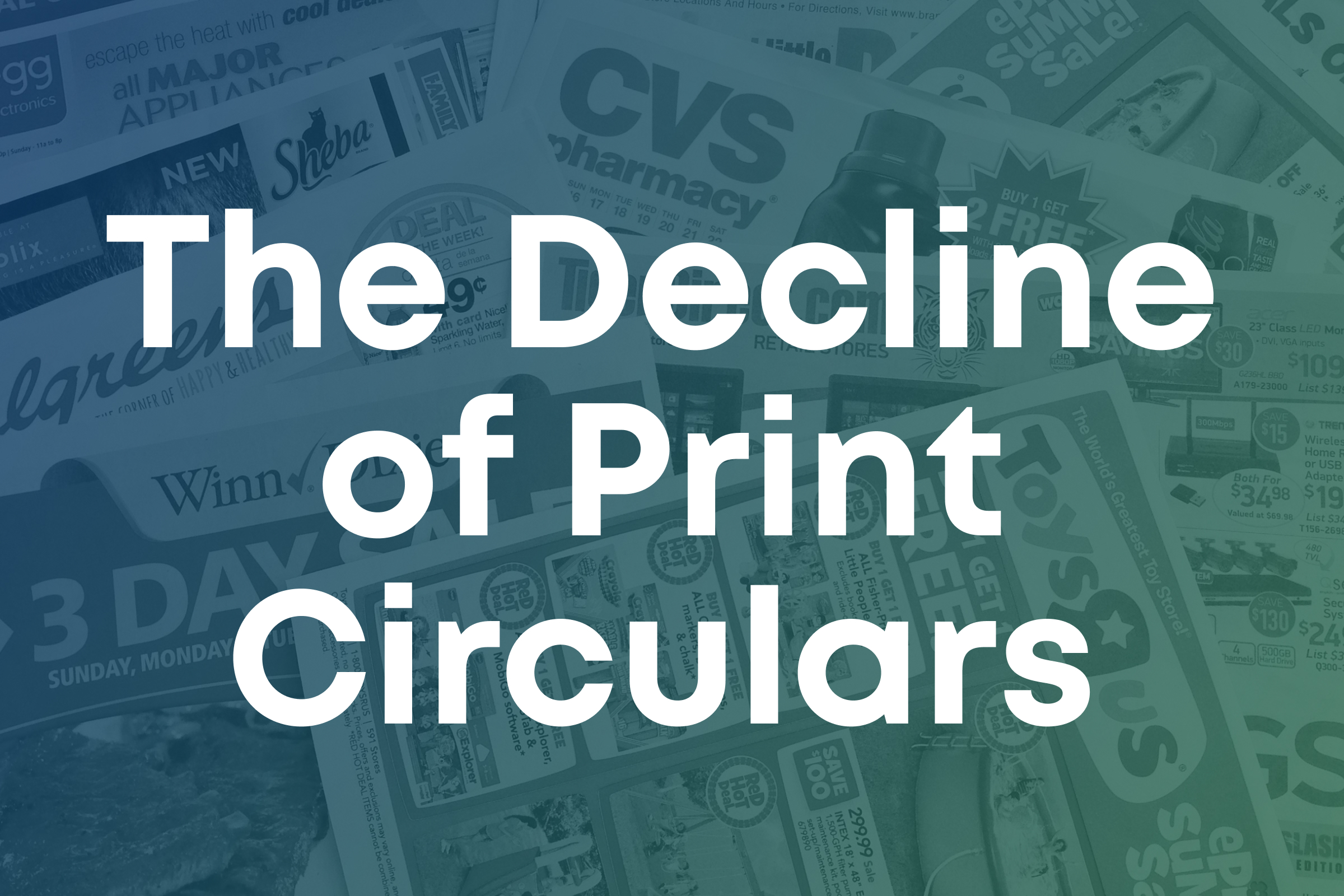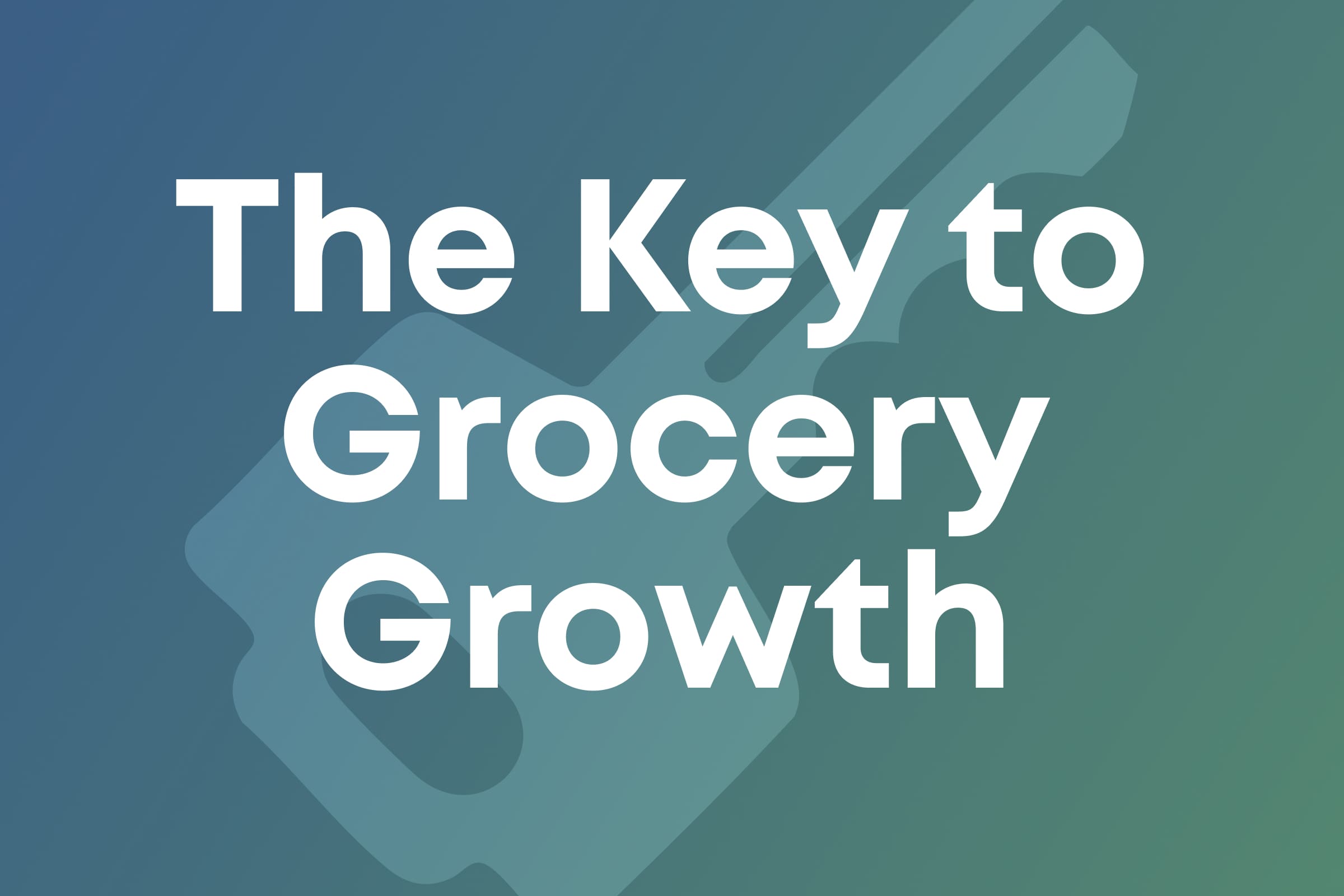How First-Party Data is Driving the Digital Frontier
Sean Turner
The cookieless cliff is coming. Learn how advertisers are shifting to first-party data found in retail media networks—and how retailers can benefit.
Knowledge is power—especially for retailers. Capturing consumer motivation, interest, preferences, and behaviors at scale removes guesswork and allows businesses to form strong, long-lasting connections with their customers. Data is the fuel that personalizes marketing campaigns and drives sustainable loyalty. But, now more than ever, the quality of your data matters.
For decades, third-party data has been a critical component for retail marketing strategies. But with 69% of consumers concerned about the collection and use of their personal data, it’s no surprise privacy regulations such as GDPR and CCPA soon followed. Web browsers have been deprecating third-party cookies for years—and all that granular data marketers once had is set to completely vanish by the end of next year.
The combination of third-party cookie elimination and new privacy regulations means retailers need a strategy to leverage customer data and optimize their advertising dollars. While change is never comfortable, there’s an upside. As first-party data becomes the new digital frontier, the relationship retailers have with their customer data has never been more valuable. Herein lies an opportunity to improve shopper experiences through targeted personalization—and to build an additional revenue pipeline out of CPG brand partners’ reallocated advertising dollars.
First-Party Data and Personalization Is More Important Than Ever
Your customers not only want—but expect—tailored experiences, which directly ties into your bottom line. According to recent surveys, 73% of consumersexpect brands to understand their unique needs, and 45% of consumers plan to take their business elsewhere if brands fail to offer personalized interactions.
Meanwhile, brands that get personalization right are being rewarded with repeat business and the ability to retain market share even when competitors offer lower prices or more convenient options. Consulting firms have found brands that follow a hyper-personalization strategy increase marketing spend efficiency by up to 30%, leading to a 25% increase in revenue and 40% greater revenue generation than competitors who are less adept at personalizing their marketing.
During periods of difficulty and uncertainty, personalization becomes a cost-effective strategy, though it’s grown more complex to orchestrate over the years. Today’s personalization requires more than including a first name on an email. Nearly half of all retailers (47%)—from small mom-and-pop shops, to multinational chains, to online e-commerce websites—have expressed interest in using real-time first-party data to power dynamic advertising campaigns that influence customer choice and maintain long-term loyalty.
Once the proper infrastructure is in place, first-party data is typically collected through a retailer’s website, mobile platform, social pages, and point of purchase registers.
To facilitate business, consumers provide explicit consent to the retailer’s use of their:
● Customer data (demographic details, purchase history, call center interactions), and
● User data (browsing habits, content preferences, survey feedback, email clicks)
When compared to third-party cookies, first-party data is considered far more valuable, as it’s taken directly from the source—without bias or risk of inaccuracy—which means it is extremely relevant to your precise industry and target market. In fact, according to eMarketer, 85% of US businesses see first-party data as a high priority in the years to come. With the potential of a global recession looming on the horizon, marketers will likely face reduced budgets and loss of market share—unless they use first-party data-powered personalization to make every dollar count.
What’s more, a retailer’s first-party data can become a source of revenue when shared with CPG brand partners for mutual benefit. By building your own retail media network, you can collect opt-in data about what your customers are viewing, clicking, buying, redeeming, and adding to their shopping lists across multiple channels from your website, to your mobile app, to your storefront. This type of information is especially valuable for your partners because it shows accurate, direct paths to engagement and conversion, while protecting consumer privacy.

First-Party Data Is Best Shared with Brand Partners
Many CPG brands already know and understand the value of first-party data. They know that data collected directly from retail app users, e-commerce buyers, and in-store shoppers who have proactively agreed to share their information, is vastly superior to hit-or-miss conclusions stitched together inferentially by third parties.
It’s every CPG brand’s dream to provide shoppers with personalized product recommendations based on geographic location, expressed interest, recent browsing activity, and past purchases—and then scale this marketing to a relevant segment of similar shoppers.
Better yet, what if CPG brands had a way to reach individual consumers with targeted coupons, videos, and messaging as they’re standing in-aisle, trying to make a purchase decision? This is the power of retail media networks built into retailer mobile apps—and why so many CPG brands are converting stale third-party cookie tracking budgets into stronger retailer relationships.
Omnichannel Tools That Drive Performance and Affinity Are Here
Fortunately, technology has kept pace with the growing demand for personalized, omnichannel experiences and retailers have all the tools they need to drive performance and affinity at their disposal.
If you don’t have the following infrastructure now is the time to act, so you’re prepared to succeed in the new digital frontier.
● A data capture system: In order to leverage the power of first-party data, you need to be able to collect it. Does your retail store have a website and a standalone mobile app? Do you have the ability to advertise and sell advertising on these platforms? Are these channels, along with your register and customer service department, tied into a customer relationship management (CRM) system? Once you can build a retail media network that unifies all this information, you’ll be able to collect invaluable feedback.
● Single customer profiles: Customers rarely engage with your business in one way and one way only. Most shoppers connect through your website, app, social, email, brick-and-mortar, call centers, and other touchpoints. Merging online and offline data points into a single customer profile through a customer data platform (CDP) gives you a deeper understanding into customer needs and behaviors, while also letting you calculate their lifetime values and adjust your marketing accordingly.
● Customer loyalty program: The most valuable customers are repeat buyers. Enticing them with loyalty rewards can go a long way in turning occasional shoppers into life-long fans. With a customer loyalty programin place, you can use the insights you’ve gathered across the customer journey to send the right offers at the right times.
● Personalization tools: Then you’ll need a way to convert information into action. Lack of technology remains the biggest obstacle to full-scale personalization initiatives. Investing in building your own retail media network will let you (and your brand partners) personalize and advertise in real-time based on real-time data, whether shoppers are browsing your retail website or using your app to research and access deals.
While the technology infrastructure may seem like a tall order, keep in mind you can offset the cost of your investment by selling advertising to your CPG brand partners. In fact, on average, retailers earn a 50-70% profit margin and bring in over $100 Million annually, from their retail media networks.
Build a First-Party Data Pipeline and Retail Media Network with Swiftly
Starting your own retail media network is the best way to capitalize on the shift toward first-party data. While there’s more than one way to get started in retail media, investing in a robust network that you own and control will cut out the middle-man, gaining the best results for you and your brand partners.
Contact Swiftly to learn how we work with retailers to build “new frontier” digital marketing systems. With a Swiftly-powered mobile platform, analytics dashboard, and retail media network, you retain full control and ownership over your first-party data, so you can move ahead growing revenue and loyalty, while strengthening relationships with CPG partners and customers.




